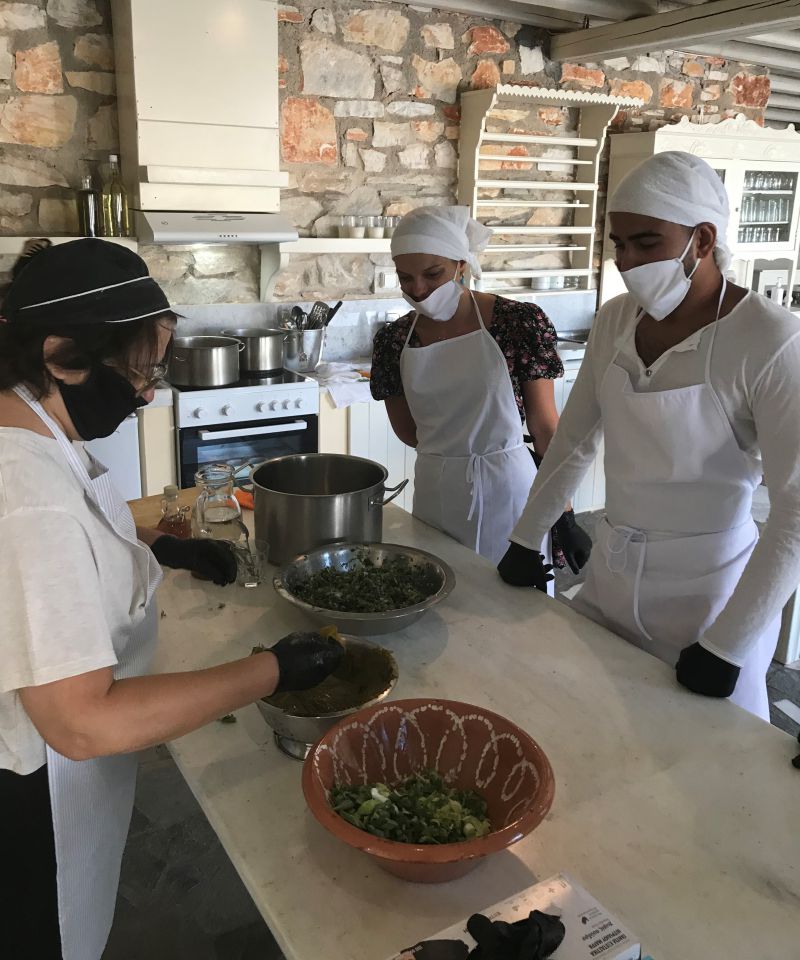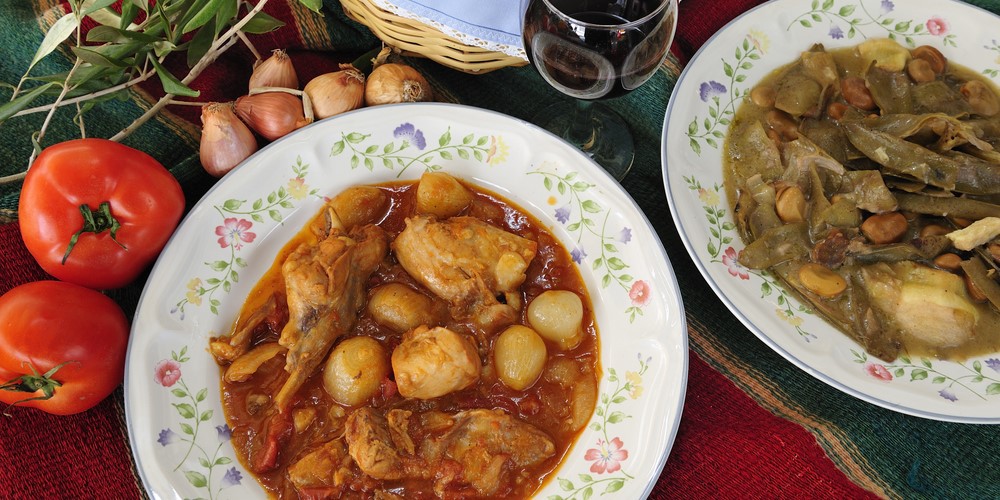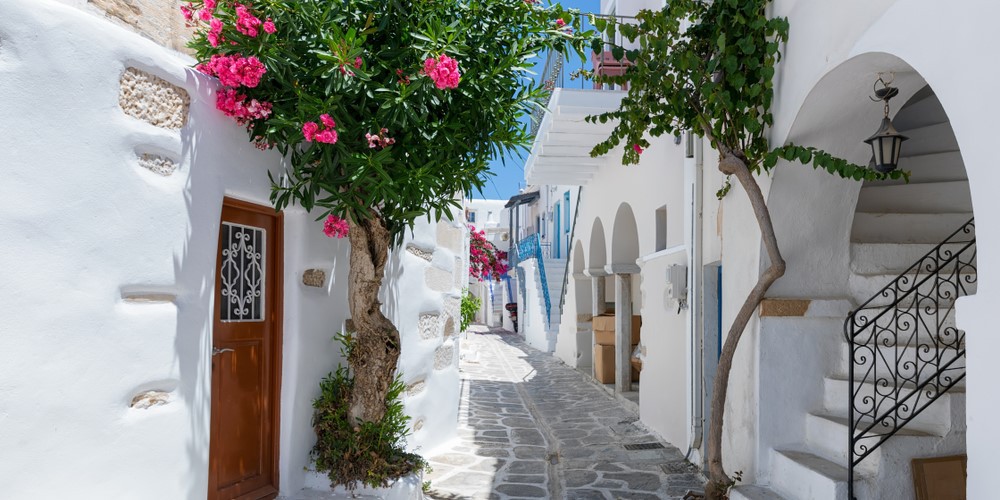
A Guide to Greek Spirits
Key Takeaways
- Most Greek spirits have distinct local origins and flavors, reflecting Greece's regional diversity.
- Greece has a rich tradition of producing unique alcoholic beverages beyond its renowned wines.
- The most popular spirit in Greece is ouzo, made from anethole oil in anise plant.
- Local spirits are integral to Greek culture, often enjoyed with food, used as home remedies, and embodying local traditions and tales.
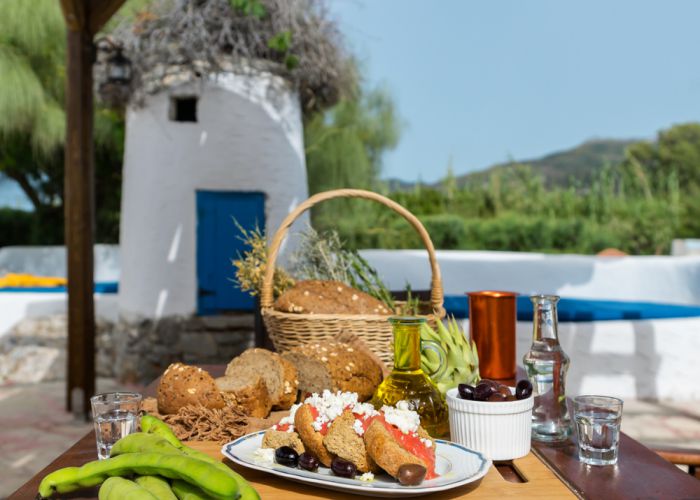
The Greeks may be known more for their great food and folk dancing abilities and less for their range of alcoholic beverages, but you can rest assured that, as a nation, they know how to drink!
As one of the most ancient civilizations, Greece has a rich history in wine production and wine drinking, and although one could write an essay on the plethora of delicious Greek wines, this article will go into detail about some other Greek spirits that the average traveler would not likely know or hear about.
Read below the unique heritage and origins of the top Greek spirits, and make a toast to your upcoming vacation in Greece!
Ouzo

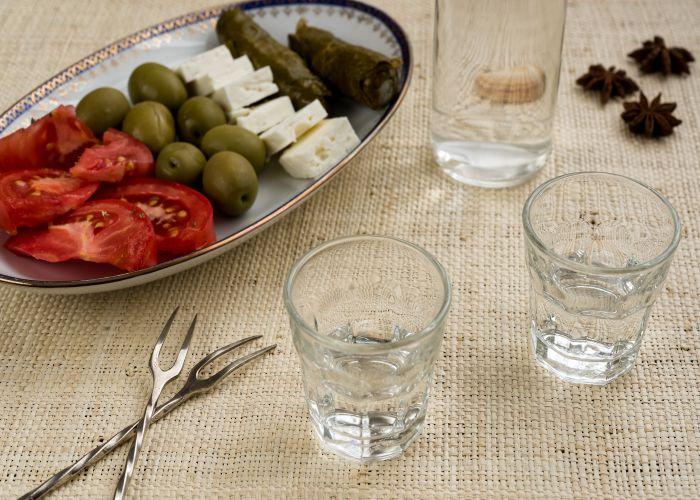
Ouzo is the most popular consumed distilled spirit in the whole of Greece and was introduced to the country along with the refugees that came from Asia Minor.
According to Robert Botet, who wrote an article in the Journal of Physics about the molecular makeup of ouzo, this substance is made from anethol oil which is found in anise plants (native to the Mediterranean region as well as the regions of China and Vietnam).
Other drinks you may know of that are made from anethole oil, are sambuca in Italy, raki in Turkey, and pastis in France.
What connects these to ouzo is the unique way in which the drink dilutes in water: adding water makes the clear liquid turn into a milky white, semi-opaque color.
This spirit is especially popular in the summertime, and you will often see it accompanied by Greek meze (tapas) like grilled octopus, sardines, and fried squid.
This classic Greek spirit is also used as a home remedy: given its sky-high alcohol levels, it is used even today as an antiseptic.
Greeks will also use lukewarm ouzo as a remedy for a bad toothache, or in the past; they would rub the spirit on tight muscles or joints.
Disclosure: Do not drink on an empty stomach and always mix it with water and ice! It is a sneaky drink that gets to you without you realizing it!
Tsipouro/Tsikoudia
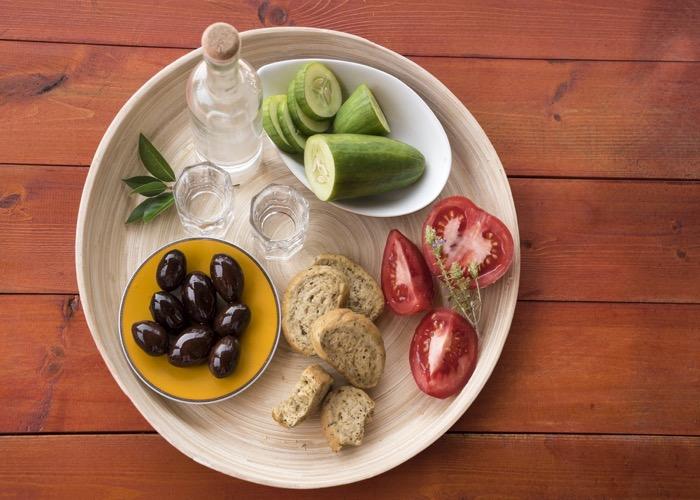
Tsipouro, tsikoudia, and raki are all the same spirit and, unlike ouzo, they are grape distillates from grape remnants (or grape pomace).
The alcoholic grade of tsipouro is higher than ouzo and can, therefore, be considered stronger, but ouzo is said to give worse hangovers!
Tsipouro is believed to have originated in the 14th century in Mount Athos before spreading to the rest of Greece and Macedonia.
Tsipouro can also have anise in it making it sweeter - more commonly found in the north of Greece.
This spirit is typically served straight and not diluted in water or ice, but always accompanied by lots of meze!
If you come to Greece, be sure to visit an authentic tsipouradiko (meaning; the small restaurants serving tsipouro and meze dishes).
The best are found in Volos, where you can order a 200ml bottle of tsipouro and get a free plate of mouthwatering meze.
Tentura
Tentura is a liqueur that has origins in the Greek city of Patra, located in the eastern part of the Peloponnese, back in the 15th century and is exclusively produced in Greece.
This herb and spice liqueur is typically potent with cinnamon and cloves, nutmeg, and citrus fruits -spices that would be traded into Patra's port- as well as alcohol and sugar.
Tentura is commonly served in small shot glasses over ice or in cocktails, and usually after a meal as it can be employed as a digestive drink, or before a meal as a welcoming drink.
Kumquat Liquer of Corfu

The most northwestern island of Greece, Corfu, has been home to the kumquat tree since 1924.
The literal translation of Kumquat from Chinese is 'golden orange,' which is precisely what the fruit looks like.
It is a bitter-tasting citrus fruit that cannot be eaten raw, but the liqueur made from it is deliciously sweet and often described as the Greek version of Limoncello.
It can also be used in mixed drinks to give them a unique taste.
The family-run distillery Mavromatis is perhaps the best-known producer of the liqueur on the island and demonstrates the multiple ways that the particular fruit can be consumed.
Mastiha of Chios

Another of Greece’s most famous liqueurs is the mastic of Chios. This PDO product is a flavored liqueur from the oil produced by the mastic tree, indigenous to the island of Chios, in the northeastern Aegean.
The mastic tree is the island’s trade secret and its cultivation goes as far back as ancient times.
Mastic trees actually grow all over the world, but Chios is the only place where the trees produce resins from their bark, which is what creates the distinctive taste.
The product had such economic leverage that the island was often victim to conquerors and pirate invasions.
Today, over 90% of the mastic produced is exported in various forms: chewing gum, spices, sweets, and of course, the delicious liqueur that one should not miss when visiting Greece!
Kitron Liqueur of Naxos

Flourishing on the Cycladic island of Naxos, the citron tree produces citron leaves from which the exclusive Kitro liqueur is made.
According to the website Greek Federation of Spirit Producers, this is the driest and strongest of all Greek liqueurs, with 36% vol.
Despite its high alcohol content, Kitro of Naxos is particularly sweet and aromatic, making it a favorite of even those who do not like strong distillates.
This is another PDO product, and it is produced in three main versions: white (strongest), green, and yellow - making them very distinctive.
Vallindras Distillery is located in Chalki village and is open to the public - a must-see if you are visiting this beautiful island!
Final Thoughts
Learning about the wide variety of exceptional Greek spirits is exciting because wherever you go in the country, you will find an extraordinary taste that you can’t find anywhere else.
From Athens, mainland Greece, and the Peloponnese to the northern Aegean, the Cyclades, and the Ionian islands: every corner of this beautiful country has something very special to offer, and it is all waiting to be discovered through our Greece tours and Greece vacation packages!







